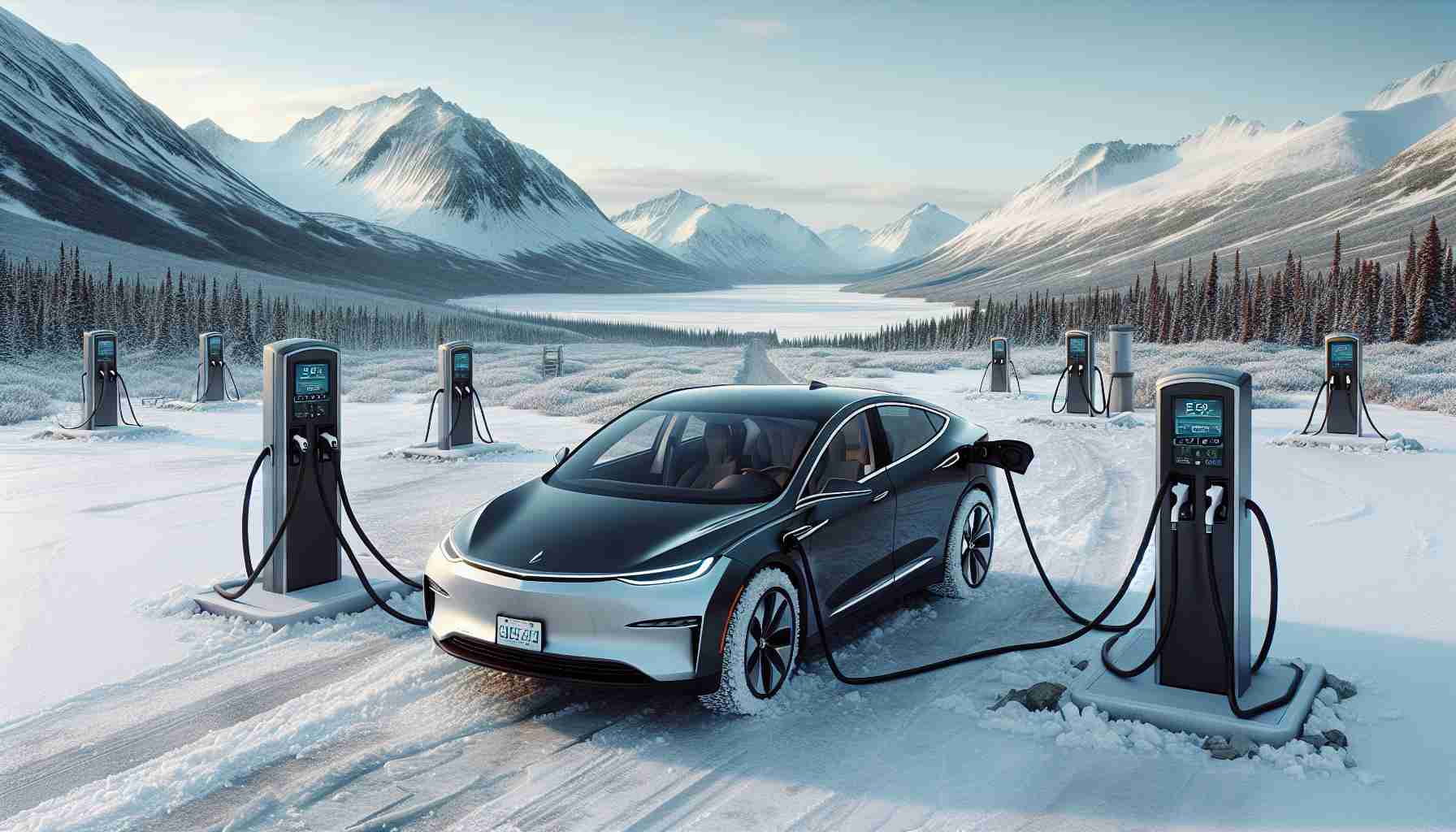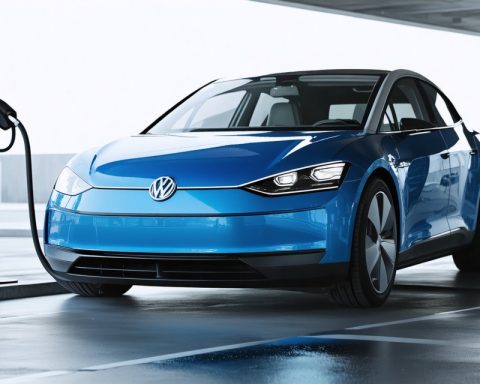- The expansion of Alaska’s electric vehicle (EV) charging infrastructure faces delays due to a hold on federal funding.
- Fairbanks, Alaska, has limited fast-charging stations, causing stress and uncertainty for EV owners like Kirby Hobley.
- Alaska’s power grid heavily relies on fossil fuels, yet EVs remain more efficient and eco-friendly compared to gasoline vehicles.
- EV demand in Alaska is rising rapidly, with a projected annual growth of up to 60%, particularly strong in coastal areas like Anchorage.
- The National Electric Vehicle Infrastructure (NEVI) program triggered hope for new charging ports in Fairbanks, yet progress is stalled due to past federal decisions.
- Alaskan stakeholders remain hopeful and resilient, striving to navigate the challenges posed by the state’s unique environment.
The frozen expanse of Alaska’s Interior finds itself caught in a curious web of ambition and frustration. An ambitious plan to dramatically expand electric vehicle (EV) charging infrastructure is now adrift in the icy winds, all thanks to a hold on federal funding.
A colorful olive-green Volvo navigates the streets of Fairbanks, driven by Kirby Hobley, who juggles enthusiasm with exasperation. Hobley’s destination? One of the rare public fast-charging stations, a solitary sentinel in the Golden Valley Electric Association’s parking lot. His struggle underscores a stark reality: nearly 150 other EV enthusiasts share this lone beacon of power, rendering Hobley’s drive fraught with uncertainty and stress.
Despite the clean sheen of his chosen vehicle, Hobley’s green ride still taps into a power grid dominated by fossil fuels. Yet, experts maintain that even an EV charged by coal-driven power plants edges out gasoline engines in fuel efficiency and eco-friendliness.
Alaska’s demand for electric vehicles surges, projected to skyrocket by up to 60% annually. Coastal cities like Anchorage bask in infrastructure bounty, while the Interior grapples with scarcity. Tales ring out of charging stations buried in snow or rendered useless by technology barriers in remote expanses.
A beacon of hope flickered with the National Electric Vehicle Infrastructure (NEVI) program poised to seed Fairbanks and its highway veins with fresh EV ports. But a stark edict from the Trump administration has hushed this progress. Local stakeholders, like Fairbanks’ Jackson Fox, find themselves teetering between hope and uncertainty; the future of federal support remains a chilly unknown.
Amidst this chilly uncertainty, resilience endures. Alaskan visionaries, alongside climate-tech champions, remain undeterred, waiting for the tide to turn. Their commitment shines through the frosty maze with ferocity, embodying the Alaskan spirit—a desire to forge paths in vast, unyielding terrain.
Alaska’s EV Charging Dilemma: Understanding the Challenges and Opportunities in the Frozen Wilderness
Navigating the Electric Vehicle Landscape in Alaska’s Interior
The growing demand for electric vehicles (EVs) in Alaska’s Interior juxtaposes a scarcity of EV charging infrastructure. While the interest in eco-friendly transportation is rising, significant hurdles such as weather conditions, funding roadblocks, and technology limitations create a complex landscape for this green revolution. Let’s delve deeper into various aspects surrounding this scenario.
How-To Steps & Life Hacks for EV Owners in Alaska
1. Plan Ahead: Given the limited charging stations, use apps like PlugShare or ChargePoint to map out available chargers and plan your routes accordingly.
2. Weather Proofing: Invest in technology such as engine block heaters or battery warmers to minimize range loss during extremely cold temperatures.
3. Home Charging Solutions: Install a Level 2 charger at home if possible. Federal and state incentives may help offset installation costs.
Real-World Use Cases of EVs in Alaska
In urban centers like Anchorage, EV ownership offers substantial savings on fuel compared to gasoline vehicles. While users in rural areas face challenges, those close to operational fast-charging stations demonstrate successful adoption by running errands and commuting without frequent detours for charging.
Market Forecasts & Industry Trends
Electric vehicle adoption is expected to grow by about 60% annually in Alaska. The overall EV market is projected to continue this upwards trajectory globally, driven by increased environmental awareness and advancements in battery technology that can better handle climate extremes.
Controversies & Limitations
The reliance on a fossil-fuel-dominated power grid reduces the eco-friendly benefits of EVs. Critics argue this undermines the primary intent behind EV adoption. This is compounded by sporadic political support, which creates volatility in the market’s development.
Features, Specs & Pricing of EVs in Cold Climates
Manufacturers are making strides with new models offering robust climate control systems and battery technology suited for cold climates. These enhancements mitigate range losses that occur in freezing temperatures.
Insights & Predictions
The future of EVs in Alaska hinges on improved infrastructure beyond major cities. Federal support through programs like the NEVI could drive significant change, reducing range anxiety and fostering more widespread EV adoption.
Pros and Cons Overview
Pros:
– Lower operating costs compared to gasoline vehicles.
– Reduced carbon emissions even when charged from fossil-fuel grids.
– Growing availability of federal and state rebates or incentives.
Cons:
– Scarce charging infrastructure in rural areas.
– Reduced range in cold weather.
– Dependence on federal funding that may fluctuate with political climates.
Actionable Recommendations
– Explore Incentives: Investigate and utilize available state and federal incentives for purchasing EVs and installing home chargers.
– Champion Infrastructure Growth: Engage with local policymakers and advocate for expanded and reliable EV charging infrastructure.
– Stay Informed: Keep updated on new developments in EV technology and infrastructure improvements in the region.
For further information on electric vehicle infrastructure, visit the Department of Energy. Explore opportunities and resources that can help you adopt this green technology in challenging environments such as Alaska. Embrace the rugged spirit of Alaska while contributing to a more sustainable future.














